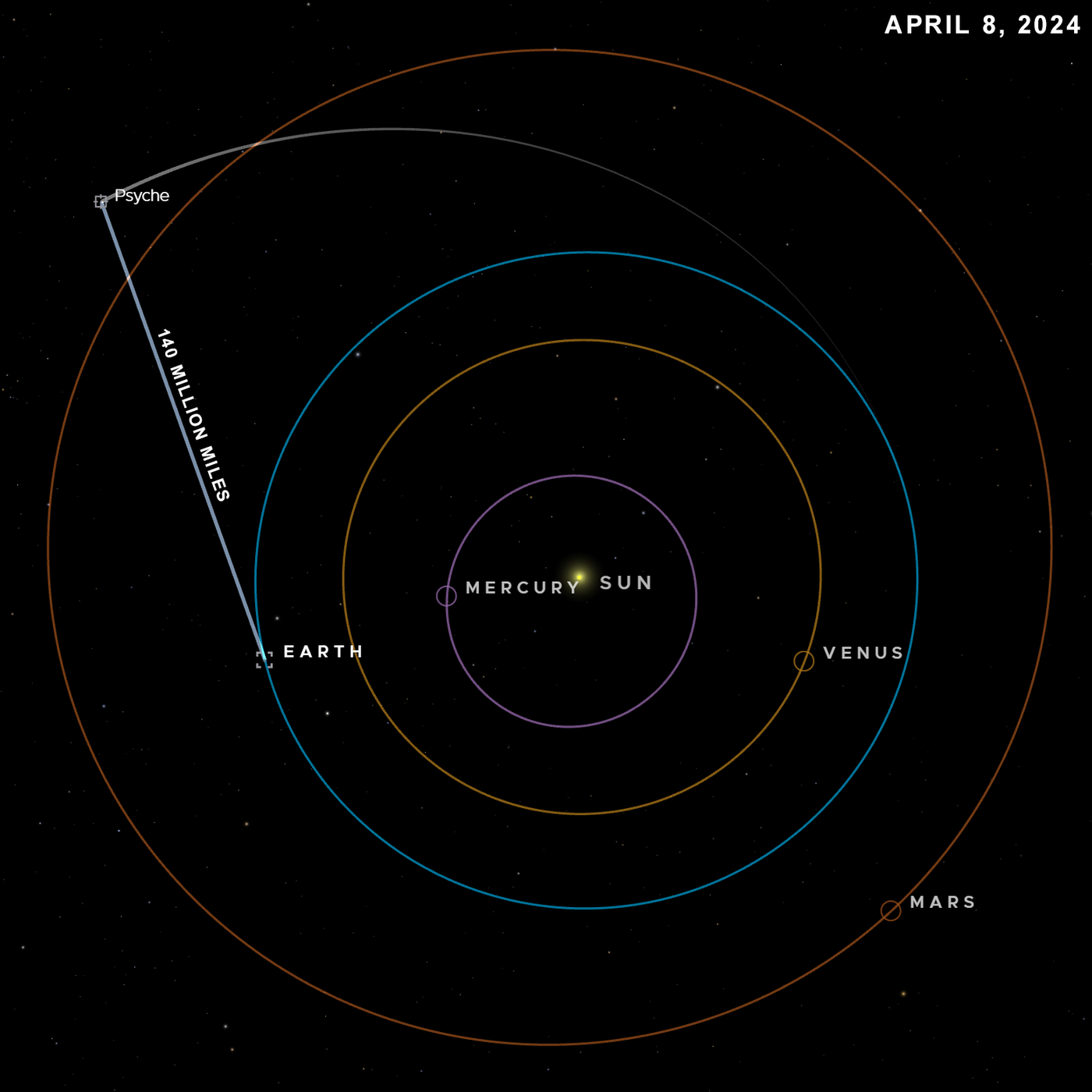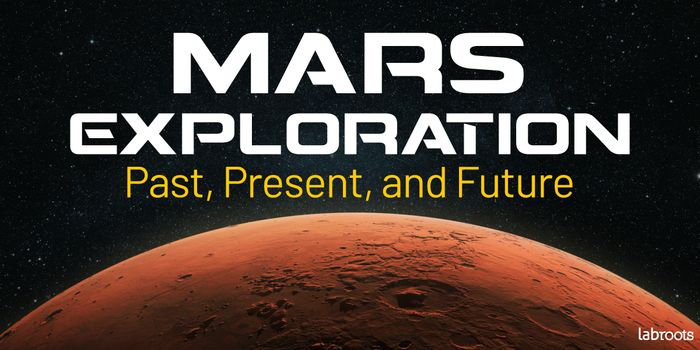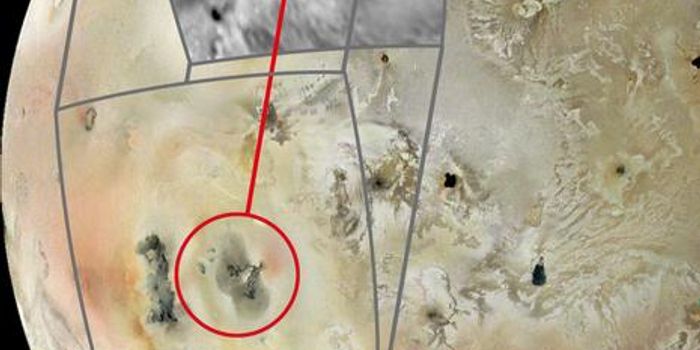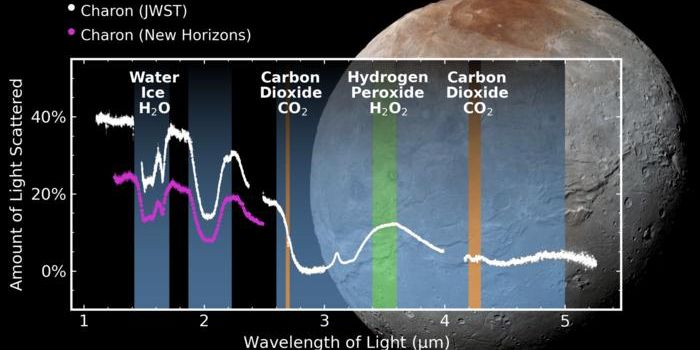Laser Communication Triumph: Psyche Mission Data Transmitted via Deep Space Optical System
As NASA’s Psyche spacecraft travels towards its asteroid target, 16 Psyche, to examine this unique, all-metal world with its suite of scientific instruments, the spacecraft also carries a new laser communications array known as the Deep Space Optical Communications experiment that is serving as a technology demonstration for future missions should it prove successful.
Recently, the experiment took an enormous, positive step as it successfully transmitted data from more than 140 million miles (226 million kilometers) from Earth through NASA’s Deep Space Network (DSN) and a piece of the data was sent to the Palomar Observatory in San Diego. This successful test not only sets a record for optical communications but also further establishes the technology as a foreseeable use on future space missions.
Visualization showing the location of Earth compared to the Psyche spacecraft during the latest test. (Credit: NASA/JPL-Caltech)
“After receiving the data from the DSN and Palomar, we verified the optically downlinked data at JPL,” said Ken Andrews, who is the project flight operations lead at NASA JPL. “It was a small amount of data downlinked over a short time frame, but the fact we’re doing this now has surpassed all of our expectations.”
This test comes after the experiment previously used to downlink a cat video, along with performing a “turnaround experiment” to see the speed of sending data to the spacecraft and back to Earth, which was accomplished in one night.
Launched last October, the Psyche spacecraft’s goal is to ascertain the geophysical and compositional makeup of 16 Psyche, which is hypothesized to be a remnant inner core of a planetary embryo. Since directly examining a planetary body’s core is impossible, 16 Psyche provides an opportunity for scientists to better understand the formation and evolution of planetary bodies throughout the solar system and beyond.
How will optical communications improve and contribute to future space missions in the coming years and decades? Only time will tell, and this is why we science!
As always, keep doing science & keep looking up!
Sources: NASA JPL, NASA, NASA JPL (1)









